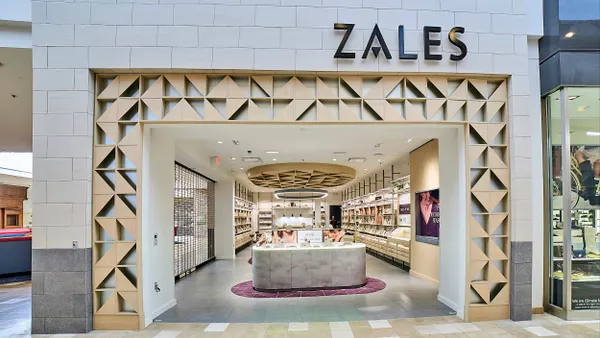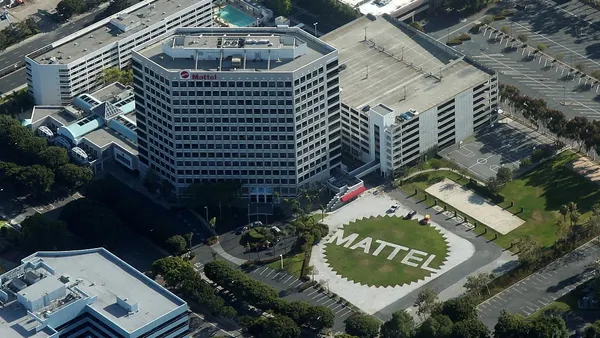Consumers' expectations of retailer performance and service continue to increase exponentially as more and more businesses undergo the digital transformation toward being completely connected with their customers.
Almost all consumers today have access to a smartphone, a tablet device, or, at the very least, the Internet, and this gives them the capability to engage with the businesses they purchase from, on their own terms.
Individuals can search for, compare, and purchase merchandise anywhere and at any time, and they can also use these capabilities to enhance their in-store experiences. People can find the location of a department store for an in-stock item by simply checking their cell phones.
Fulfilling Customer Expectations
With the balance of power tipped in the favor of customers, it is imperative for businesses to ensure that they are doing everything possible to understand customer behavior so they can deliver superior service.
Today, online retailers are setting the bar high by offering same-day and next-day deliveries. Thus, the battle for the hearts and minds of consumers in the twenty-first century will be fought and won through compelling, value-added experiences.
One important example is extending the customer experience from the store to the shopper's front door. It is fast becoming a differentiating factor for retailers seeking to keep up with modern consumer expectations.
Many retailers have tried to provide this capability but soon discovered that it is difficult to execute. The process quickly becomes expensive and complicated to scale without the tools to manage field assets, optimize delivery routes, and ensure that customer service expectations are met. However, through home delivery applications that integrate real-time data analysis into interactive maps, retailers can now leverage spatial analytics to build more efficient routes and improve scheduling.
How Location-Based Analytics Helps
A retailer can use its existing location data for long-term planning around site placement and improving overall customer service. By integrating this data into a spatial analytics platform, home delivery can be fast, consistent, and precise. Having a location-based strategy improves situational awareness and enables businesses to minimize the impact of the uncertainties that typically lead to delays, such as traffic, construction, and accidents.
There are many ways a spatial analytics platform can empower retailers to improve their operations and achieve more success. For instance, orders and trucks in the field can be tracked to manage service levels and ensure compliance with routing and safety regulations. Routes can be optimized so that multiple deliveries are made in one trip, in the most efficient way possible. And real-time data can be used to sharpen decision-making, such as using live streaming information like weather or traffic conditions to plan deliveries around potential disruptions and ensure promised levels of service.
Providing Added Value in an Era of Changing Consumer Preferences
These transformative improvements in the process of delivering goods produces tangible added value to the retail experience for both customers and businesses, including things like the following:
- Trigger notifications can be sent to customers when delivery times are not going to be met.
- New service areas can be identified and created to further optimize deliveries based on customers' proximity to fulfillment centers.
A spatial understanding of supply and demand affords retailers a unique view into the actual costs of providing delivery services on a customer-by-customer basis.
By understanding the location component of operations in an environment where online retail is quickly replacing in-store shopping, retailers can better evaluate factors such as price margin, operational impacts, revenue, and customer engagement.
Home delivery is becoming a minimum requirement for retailers interested in creating better customer engagement with their brand. More and more retailers—both in traditional brick-and-mortar stores and online—are offering this service. While most are meeting current customer expectations, many retailers are raising the bar in terms of the accuracy and operational efficiency of their delivery services.
The most critical challenge in competitive home delivery services is having a consistent, credible system that supports two objectives: fulfilling evolving customer expectations and being financially smart. Spatial analytics can provide the means to achieve both these objectives by offering operational intelligence through smart, interactive mapping based on location analytics.
Gary Sankary is Esri's Retail Industry Manager. He joined Esri in 2014 after a 25-year merchandising career in tier one retail. He has been directly involved in developing and implementing initiatives to develop and extend retailers' core capabilities to digital channels.









